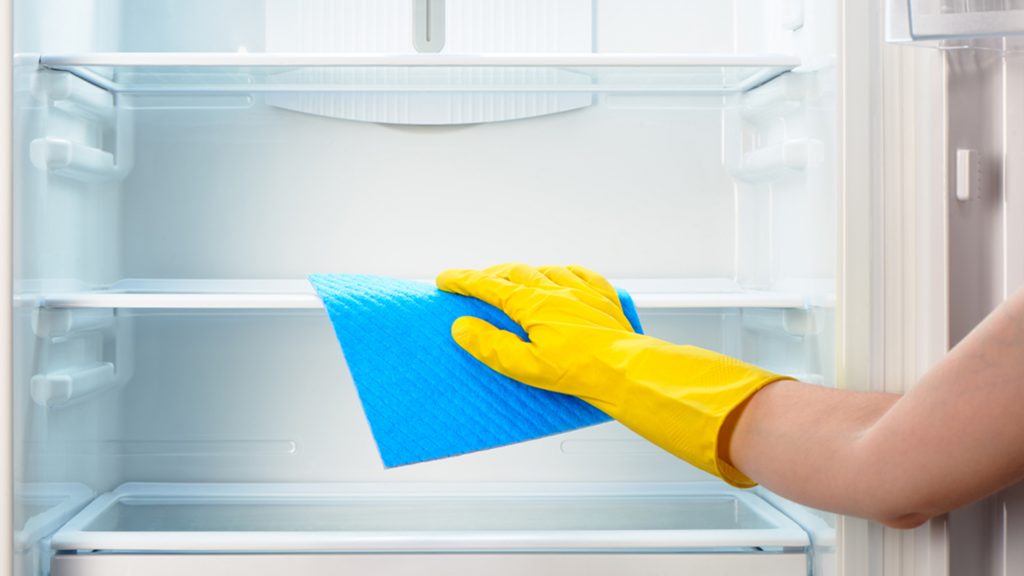
Vinegar is a powerful cleaning agent that can be used in many different ways around the home. It can be used for hair care, cleaning a sink, and so much more. You can use vinegar to clean a pan by adding baking soda to it. You can also disinfect your household items with it.
White vinegar
It may surprise you to learn that vinegar can be used both in the home and at work. Vinegar can also be used to clean and disinfect appliances and countertops in the kitchen. It is also useful for cleaning your nails and teeth, and can even help with bad breath. Vinegar can also be used to extend the lifespan of your manicure.
It can be used to clean and descale your steamer. You can also clean leather furniture with a mixture of vinegar and boiled linseed oil. The mixture can then be applied to the furniture using a soft cloth.
Apple cider vinegar
Apple Cider Vinegar has many uses in your home. It's great for cleaning the bathroom, sink, toilet, and sink. It can remove water stains, and even sanitize jars. Mix one part vinegar to three parts water for normal skin and one part vinegar to two parts water for oily skin. If you have skin conditions such as rashes or acne, make sure to thoroughly dilute the mixture before applying it to your skin.

Apple cider vinegar is a great household cleaner because of its antibacterial properties. To give it a stronger scent, you can mix it with essential oils. Vinegar has been used for centuries to preserve food. It can clean food, remove candle wax or ink, and unclog sinks.
Diluted vinegar
Diluted vinegar can be used for many household cleaning jobs. It can also be used as a disinfectant to clean exterior and interior appliances. Combine equal amounts of vinegar and water in an aerosol bottle. For stubborn stains, use a soft or microfiber cloth to wipe away the solution. It can also eliminate odors.
White vinegar can be used to clean windows. Mix half a cup of distilled white vinegar with 50 percent water, and wipe the windows clean. This will give your window a shiny, streak-free shine. The inside of your dishwasher can be cleaned with white vinegar. To deep clean the dishwasher, you can add a cup of vinegar once a month.
Diluted vinegar solution
For cleaning outside and interior appliances, you can use diluted vinegar solution. Use equal parts vinegar and water to spray the areas. Use a microfiber or soft cloth to wipe the affected areas. This solution can remove stubborn stains, soap residue, and mildew.
A vinegar solution is also a great all-purpose cleaner. Diluted white vinegar can also be used on glassware, wooden furniture, and your computer screen. However, you should avoid using vinegar on marble or stone surfaces, since it will permanently damage the surface.
Undiluted vinegar solution

A vinegar solution undiluted can be used to clean. It can be used to clean hard water, clogged shower heads and faucets, as well as toilet bowls. It can also eliminate odors from refrigerators and toilets. It should be used with care as it can cause irritation to your eyes.
The undiluted vinegar solution can corrode the finish of your vehicle's paint. Be careful when applying it. It can damage paint and bodywork. If you apply it to a new paint job, be sure to dilute it before applying it to the car. Also, test it on a small area before applying the vinegar solution.
A titration method can be used to determine the concentration of vinegar solutions. To titrate vinegar solution, add known sodium hydroxide concentration to the unknown solution. After diluting the solution, you can compare it to a standard sodium hydroxide solution.
FAQ
How long do housecleaners have to work?
Most cleaners work Monday through Friday, 9 am - 6 pm. Some companies offer Saturday and Sunday services.
Many cleaners also offer weekend and after-school cleaning.
How long can I leave my air conditioner on after cleaning?
After you've finished cleaning, turn on the air conditioner for at least 30 min. During this period, the air inside your house will circulate making it easier to maintain a cool environment.
Is it better for a professional to use a DIY cleaning product?
It depends on the size of your home and the type of cleaning you want to do.
You can use a DIY cleaning product for small houses. A professional cleaning service is recommended for large homes.
Is it a good idea to clean before the cleaner arrives?
You should have a backup plan in case you need it. If you don't prepare for a cleaner to arrive, they might not be able to clean your home.
You can avoid this by making a list of items that need cleaning. This could include a list of rooms, furniture, floors, carpets, etc. Also, make sure to include a list with tasks for each item.
These tasks will also take time. For example, if you have a large living room, you might choose to focus on the carpet first, followed by the walls, then the floor.
Each task should be given a time estimate. Stick to your schedule. You run the risk of having the cleaners quit after half the job is done.
We don't often give direction to someone who is hired to clean our homes. We expect them to use their knowledge to determine where we should go.
You should prepare a list of tasks and areas to be cleaned. By creating a detailed plan, you ensure that the cleaners have everything they need to perform the job properly.
What kind of tools should I bring to clean my house?
For deep cleaning you will need to use heavy-duty equipment like vacuums.
But if you just want to freshen up your house, you won't need as much equipment. All you need are a broom & a dustpan.
Statistics
- The best-paid 10 percent make $34,000, while the lowest-paid 10 percent make $26,000. (zippia.com)
- You should add 50 percent to cover these costs. (freshbooks.com)
- You can estimate that payroll taxes will cost 18 percent of your labor cost, according to Cleaning 4 Profit. (freshbooks.com)
- A single-family home should cost $120 to $150 to clean, according to Home Advisor. (freshbooks.com)
External Links
How To
How to clean your upholstered furniture
Cleaning Upholstered furniture is very difficult because of its complex structure, consisting of multiple layers and fabrics. It takes patience, skill, and a lot of patience. Some of the most popular methods are dry cleaning, steam cleaning, washing and waxing. Each method has its own advantages and disadvantages. In this article, we will discuss how to clean upholstered furniture.
One of the most popular methods to clean upholstered furniture is steam cleaning. The fabric is cleaned with steam using hot water and detergent. The upholstery should not have any dust. However, if you notice any mold or dirt after the first cleaning of your upholstery, you can use another cleaning method. You should avoid steam cleaning leather upholstered furniture. Leather absorbs moisture and softens, so it can't withstand heat. Leather is porous so steam can penetrate it, causing damage.
For upholstered furniture made of only cotton or synthetic fabrics, dry cleaning is recommended. Dry cleaning removes soils and stains without causing damage to the fabric. Dry cleaning works well for light to medium soil such as food residue, pet hair, mud, sand, paint, ink, and grease. To remove these types of stains, you can use a vacuum with a brush attachment.
Upholstering furniture made out of natural fibers is easy with washing. The process involves soaking the fabric with warm water and mild detergent. Next, wash the fabric with cold water. To gently rub the fabric's surface, use a sponge or a cloth. After rinsing, apply some stain removal to the area. Let the mixture sit for a while before wiping out any liquid. Finally, rinse the fabric. There are many shops that sell washable upholstery.
A homemade solution can be used to clean your upholstery. Combine 1 cup vinegar, 2 cups baking soda, 1/4 cup dishwashing solution, and place in a container. Fill the bucket halfway with warm water. Allow the upholstery to soak overnight in this solution. Use cold water to thoroughly rinse the fabric. Repeat this step once every two weeks to keep your upholstery looking new.
Waxing can be an option if you aren't comfortable with the idea of chemicals. You can protect your upholstery from fading, cracking, staining and other damage by waxing. Place a piece of plastic wrap on the area you want to wax. This will prevent scratches. Apply a layer of wax with a foam applicator. Wait until the wax dries fully. Take off the plastic wrap. Use a clean cloth to buff the surface.